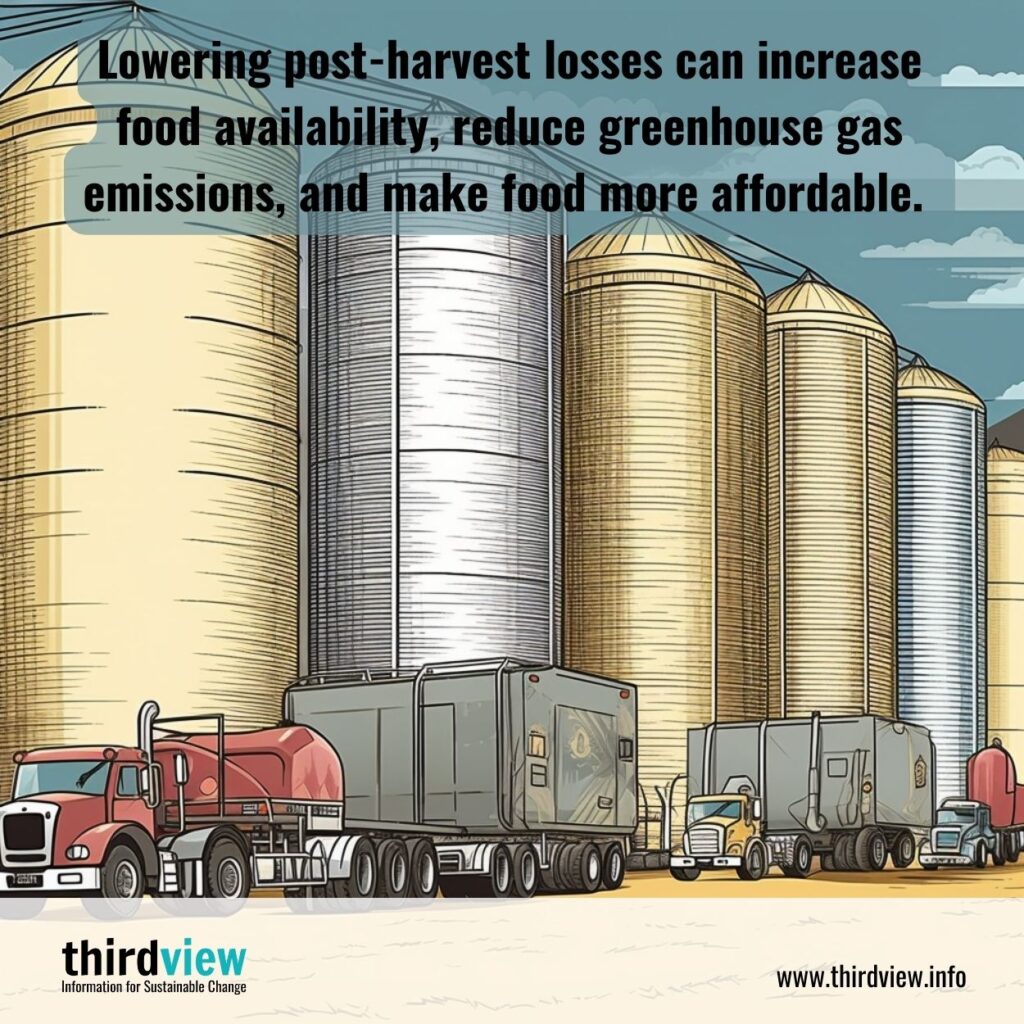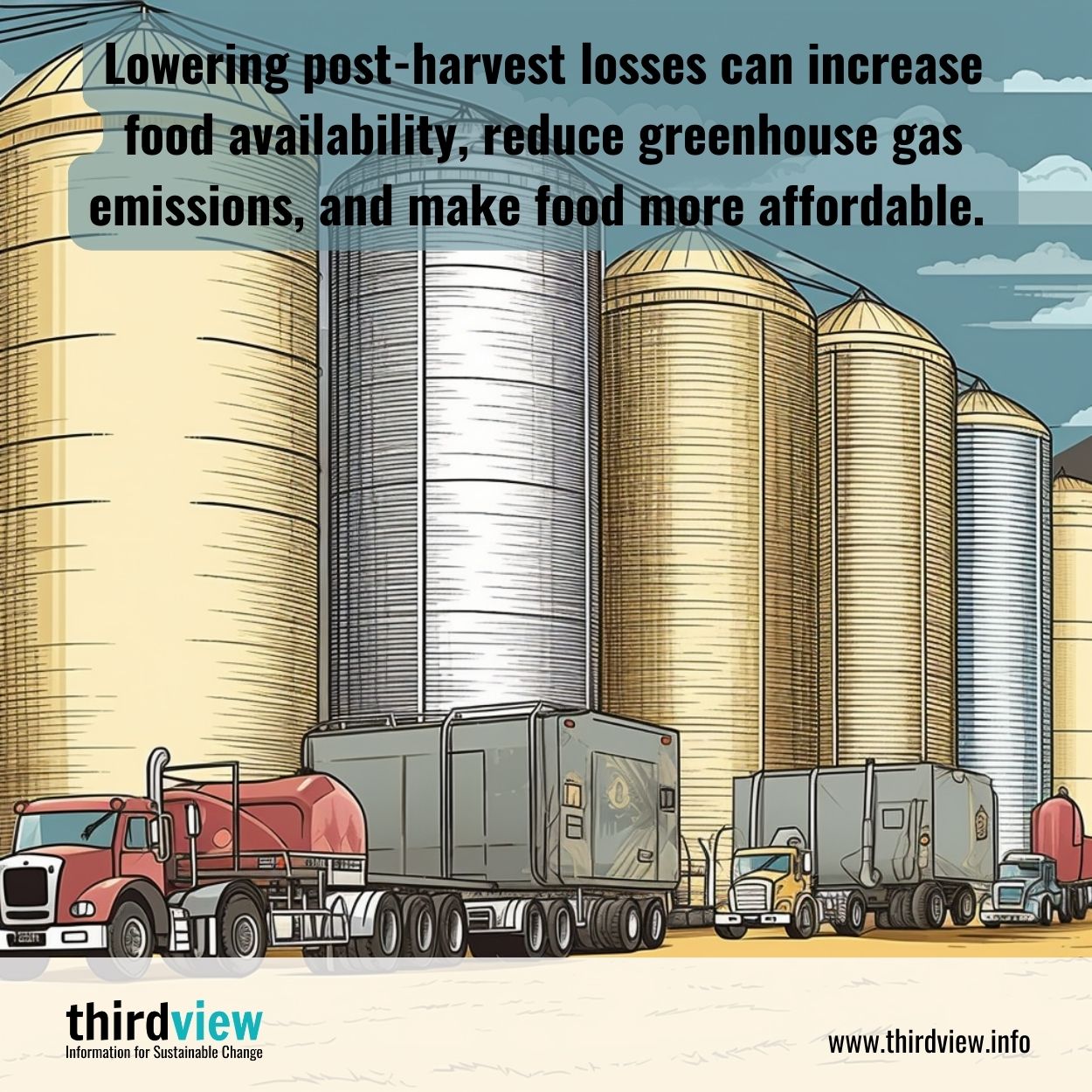Natural resources are often taken for granted and not managed in a sustainable manner, leading to their depletion. However, technology has the potential to change this and aid in natural resource management. With innovations such as remote sensing, GPS tracking, and data analytics, the integration of technology can be useful in numerous industries. This blog post will explore some of the potential applications of technology for natural resource management and its benefits.
Agriculture
Precision agriculture is an emerging technology that uses data and advanced analytics to increase productivity and efficiency while conserving natural resources. With precision agriculture, farmers can manage crop yields, soil fertility, and water usage to reduce waste, increase harvests, and minimize environmental impacts. This technology helps farmers make informed decisions based on data, ensuring long-term sustainability and profitability.
Forestry
Technology can also help with forest management. Remote sensing, drones, and satellite imagery can be used to survey forests and monitor forest health, enabling early detection of forest fires, diseases, and pests. GIS technology is another tool that enables forest managers to map and analyse forest landscapes, making better decisions about how to manage and preserve them.
Water Management
Water resources are one of the most critical natural resources that need sustainability management. However, technology can help increase the accuracy of water resource management. IoT-based water system monitoring can help detect leaks, manage consumption, and minimize wastage. Additionally, big-data analytics can help optimize water use, and crop yields, and reduce agricultural water consumption.
Wildlife Conservation
Technology advancements are aiding in wildlife conservation as well. Through the use of GPS tracking, drones and cameras, wildlife researchers and conservationists can better understand animal movements and behaviours. The information gathered can help them make informed decisions on the conservation and management of species.
Recycling
With the advancement of technology, materials can be recycled more cost-effectively than ever before. With AI-based technology, robots, and other innovative tools, companies can recycle products that would have previously been discarded. Through these methods, the recovered recycled materials can be reused in-house, sold, or used to create new products with less environmental impact.
The potential benefits of technology in natural resource management are undeniable. With technological innovations such as big-data analytics, IoT-based systems, and machine learning, we can reduce the depletion of natural resources. It is our responsibility to ensure that our resources are managed sustainably so that they are preserved for future generations. By leveraging technology for natural resource management, we can increase agricultural productivity, preserve forests, conserve water, protect wildlife, and recycle materials more efficiently. It is up to us to embrace these advancements and ensure they are properly utilized for the greater good of the environment.


